
Nansen Environmental and Remote Sensing Center – Norway
Nansen Environmental and Remote Sensing Center (NERSC) is a non-profit research centre with focus on marine and Arctic science. NERSC is a project-based centre with major funding from Norwegian, European and international research programmes. Since 2012, NERSC has been a national environmental research institute, receiving basic governmental funding. Core research areas address climate and environmental changes in the Arctic. Research includes development and use of in situ observation systems for ice covered regions of the Arctic. NERSC develops products and applications for different users combining in situ observation systems, models, and remote sensing. NERSC coordinates the HiAOOS project, and leads the development and implementation of the observation system in the Nansen and Amundsen Basin. NERSC also leads WP1, WP2, WP6 and WP7; co-leads WP5; leads various tasks in WP3; contributes to Use Cases in WP4 and leads training in WP4.
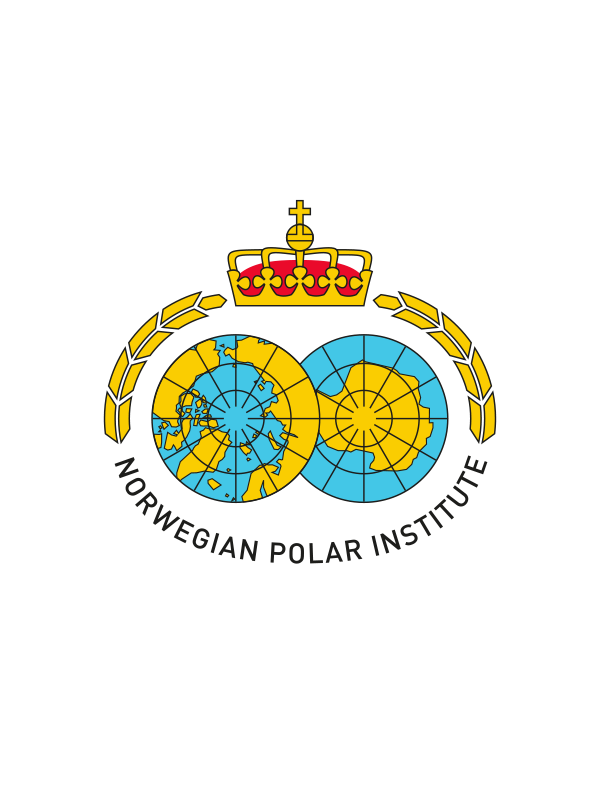
Norwegian Polar Institute – Norway
The Norwegian Polar Institute (NPI) is Norway’s central governmental institution for scientific research, mapping and environmental monitoring in the Arctic and the Antarctic. NPI is a directorate under Norway’s Ministry of Climate and Environment. The institute advises Norwegian authorities on matters concerning polar environmental management and is the official environmental management body for Norwegian activities in Antarctica. The institute’s activities are focused on environmental research and management in the polar regions. NPI’s researchers investigate biodiversity, climate and environmental toxins in the Arctic and Antarctic, and in this context the institute equips and organizes large-scale expeditions to both polar regions. The institute contributes to national and international climate work, and is an active contact point for the international scientific community. NPI is the national surveying and mapping authority for Norway’s polar areas, including non-commercial geological surveys. In HIAOOS, NPI co-leads WP2; leads Task 1.1; co-leads Task 6.4, contributes to Use Cases in WP4, and contributes to various tasks in WP3.
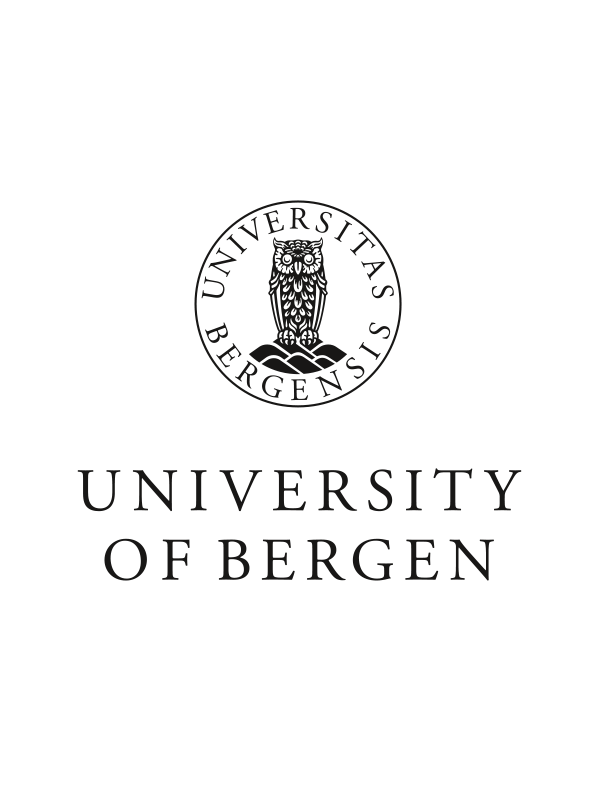
University of Bergen – Norway
The University of Bergen (UiB) is an internationally recognised research university. Academic diversity and high quality are fundamental for us. UiB is the most cited university in Norway. There are seven faculties at UiB and there are close to 20 000 students at the university. We employ more than 4 200 faculty and staff. PhD candidates are paid employees, making the doctoral degree at UiB particularly attractive for rising talent. About half of graduating doctors are from outside Norway. In HIAOOS, UiB leads WP4; leads Task 3.2; contributes to Use Cases in WP4 and leads training in WP4. UIB also contributed to various tasks on other WPs.
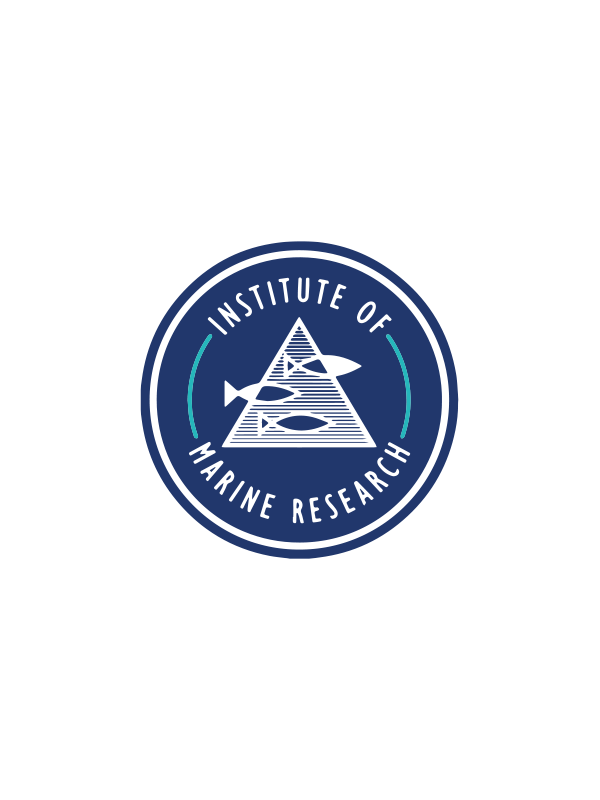
Havforskningsinstituttet – Norway
Havforskningsinstituttet (IMR) is one of Norway’s leading marine research institutions. With its staff of about 700, three major research sites and several regional laboratories it is the 2nd largest marine research institute in Europe. It is responsible for monitoring hydrographic properties, chemistry, contaminants, radioactivity, pH, CO2, and nutrients, plankton in addition to living marine resources including plankton, benthic flora and fauna, fish, and marine mammals and benthos. While international in scope and ambition, IMR’s field activities are focused on the North, Norwegian and Barents Seas, and the recent years also expanding more into Arctic and Antarctic regions. IMR scientists have also surveyed and mapped several regions of the deep Atlantic including sections along the Mid-Atlantic Ridge as well as in the Nordic seas. IMR is a governmental research institute under the Norwegian Ministry of Trade and Fisheries. On the basis of best possible science IMR provides advice to Norwegian authorities and informs industry and the general public. In HIAOOS, IMR leads Task 3.8 and contributes to various other WPs.

Instytut Oceanologii Polskiej Akademii Nauk – Poland
Instytut Oceanologii Polskiej Akademii Nauk (IOPAN) was established in 1951 and is currently the largest marine research institute in Poland. Its mission is focused on basic marine research. One of the IOPAN strategic directions is to study the role of oceans in the climate change and its effects on European seas. The main areas of IOPAN research activity are the European Arctic Seas and the Baltic Sea. IOPAN is divided into five departments (Physical Oceanography, Marine Chemistry, Marine Physics, Marine Ecology, Genetics and Marine Biotechnology) with extensive expertise both in collecting and analysis of environmental observations, and running state-of-the-art numerical models. IOPAN operates its own research vessel, Oceania, well suited for longer expeditions and multidisciplinary measurements in the subpolar areas. Since 1987 IOPAS has conducted extensive field campaigns, each summer covering the eastern regions of the Nordic Seas, Fram Strait, west Spitsbergen fjords and the open water area north of Svalbard. For year-round observations IOPAN maintains arrays of oceanographic moorings in Fram Strait and northeast of Svalbard. The institute is strongly involved in international collaboration, and multidisciplinary research activities and field campaigns have been carried out in the frames of numerous national and international projects. In HIAOOS, IOPAN leads WP3, and contributes to Use Cases in WP4. IOPAN also contributes to various tasks in WP2 and other WPs.

The Foundation for Research and Technology – Hellas – Greece
The Foundation for Research and Technology – Hellas (FORTH), founded in 1983, is one of the largest research centers in Greece. FORTH has 10 Research Institutes, focusing on Lasers and Photonics, Microelectronics, Advanced Materials, Nanotechnology, Molecular Biology and Genetics, Biotechnology, Computer Science, Bioinformatics, Precision Medicine, Systems Biology, Robotics, Telecommunications, Applied and Computational Mathematics, Chemical Engineering Sciences, Energy, Environment, Social Sciences & Humanities, Astrophysics and Astronomy. The Institute of Applied and Computational Mathematics (IACM) of FORTH conducts research in applied mathematics and develops methodologies and tools for selected application areas, one of which is wave propagation and underwater acoustics. IACM pursues research on propagation modelling and inverse problems, such as ocean acoustic tomography and source localization. It operates an underwater acoustics lab and develops instruments for measurements at sea. In HIAOOS, FORTH co-leads WP3; leads Task 3.5; contributes to Use Cases in WP4 and leads training in WP4. FORTH also contributed to various tasks on other WPs.
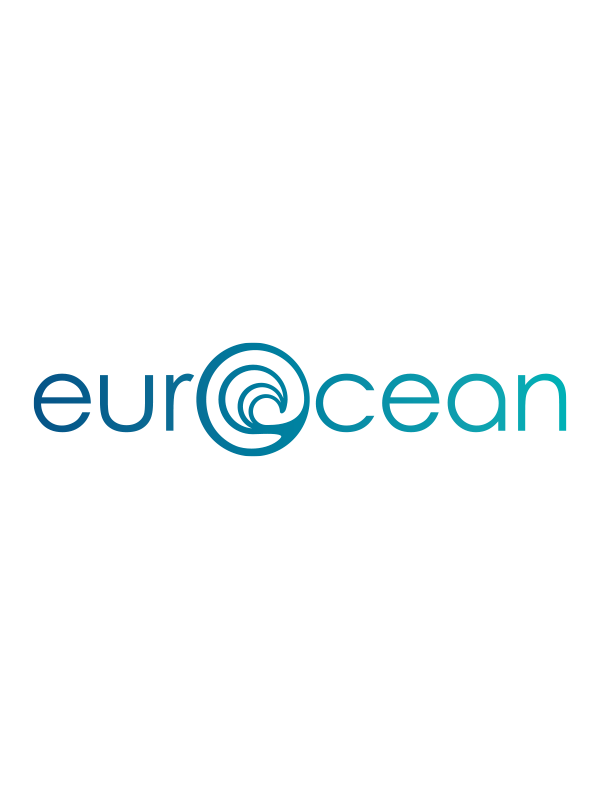
EurOcean – Portugal
EurOcean is an independent, non-profit, scientific organization with the mission to support advances in European marine science and technology, by fostering information exchange, interaction and innovation among its network members, the ocean community and broader society. Founded in 2002, through the collaboration of the Portuguese Foundation for Science and Technology (FCT), and the French Research Institute for Exploitation of the Sea (IFREMER), EurOcean has a Europe-wide network of 19 organisations dedicated to ocean science and technology. In HIAOOS, EurOcean leads WP5 and co-leads WP4. EurOcean also contributes to tasks in WP1 and WP6.

University of Bath – United Kingdom
The University of Bath (UBAH) is a public research university located in Bath, Somerset, United Kingdom. The university’s major academic strengths have been engineering, the physical sciences, mathematics and technology. Today, the university is also strong in management, humanities, architecture and the social sciences. UBAH strategy is to drive excellence in education and high-impact research, foster an outstanding and inclusive community, and enhance its strategic partnerships. UBAH brings leading expertise in analysing passive acoustic and strong expertise in education in underwater acoustics. In HIAOOS, UBAH leads Task 3.3; contributes to Use Cases in WP4, and leads training in WP4. UBAH also contributes to tasks in WP1 and WP5.
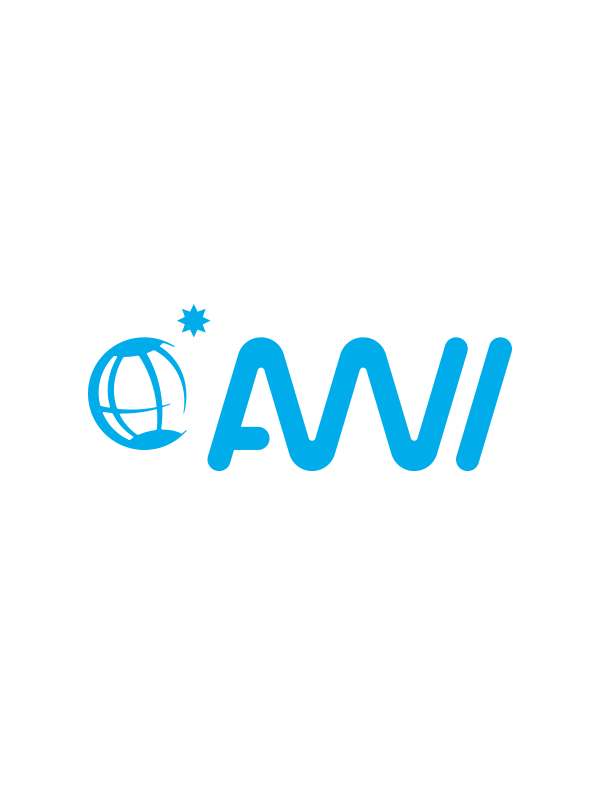
Alfred Wegener Institute – Germany
As the Helmholtz Centre for Polar and Marine Research, the Alfred Wegener Institute (AWI) is primarily active in the cold and temperate regions of the world. Working together with numerous national and international partners, we are actively involved in unravelling the complex processes at work in the “Earth System”. Our planet is undergoing fundamental climate change; the polar regions and the oceans, which play central roles in the global climate system, are in flux. How will planet Earth evolve? Do the phenomena we’re observing represent short-term fluctuations or long-term trends? Polar and marine research has always been a fascinating scientific challenge; today it is also research into the future. AWI leads Task 2.4 and contributes to various other WPs.
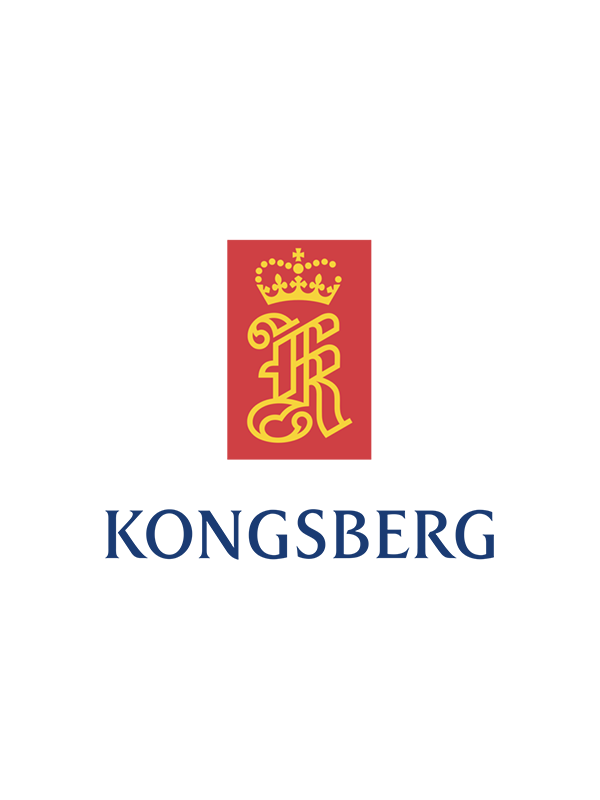
Kongsberg Discovery – Norway
Kongsberg Discovery (KD) is a Norwegian technology enterprise within the Kongsberg Gruppen (KOG). KD delivers systems for positioning, surveying, navigation, and automation to merchant vessels and offshore installations. Their most well known products exist within dynamic positioning systems, marine automation and surveillance systems, process automation, satellite navigation, and hydroacoustics. KD provides solutions are suitable for on- and offshore, merchant marine, subsea, navy, coastal marine, aquaculture, training services and more. In HIAOOS, KD leads Task 3.7 and provides several training activities under WP4. KD also contributes to tasks in WP5 and WP6.
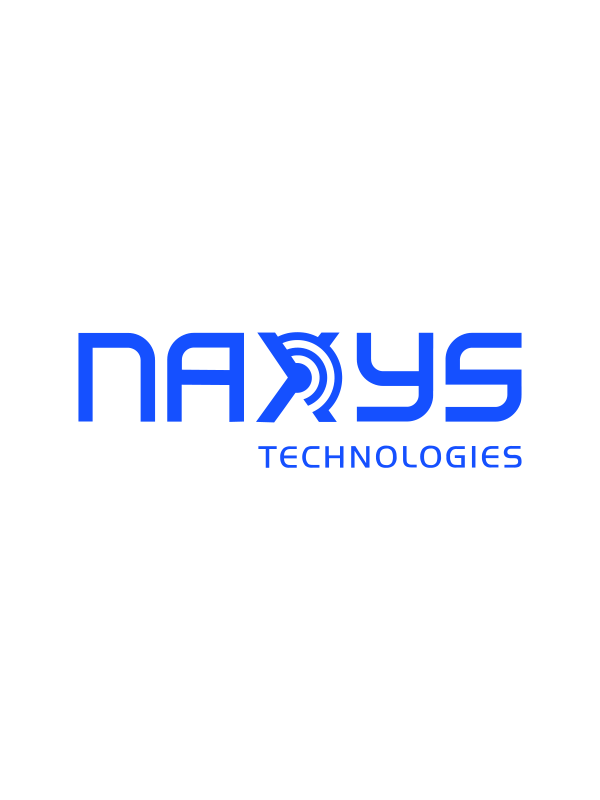
Naxys Technologies – Norway
Naxys are experts in cutting edge acoustic streamer/towed array technology for underwater naval applications. Naxys leveraged collaborations with major oil & gas companies to utilize the technology for leak detection and condition monitoring of subsea pumps. After an intensive period of development, Naxys is currently positioned to offer a unique suite of underwater sensors capable of handling extreme conditions and permanent deployment of instruments. General Electric acquired Naxys in 2012 after recognizing the company’s world leading acoustic technology. In the wake of COVID-19 and oil price collapse, an agreement was signed that allowed the management team to form Naxys Technology and continue the business as a fully independent company. Naxys Technologies is located at the same premises and today employs 23 persons dedicated to deliver world leading underwater sensor technology. In HIAOOS, NAXYS leads Task 2.3, with the support of Mundal and Stinger.

Mundal Subsea – Norway
Subsea is a leading manufacturer of subsea buoyancy and composite solutions. Mundal subsea as is an innovative company with product and technology development as a strategy, which means new, alternative and good solutions.With a skilled workforce and broad experience in composite, Mundal delivers expertise and products in line with new demands and challenges, built on experience gained over decades. In HIAOOS, Mundal contributes to various tasks in WP2.
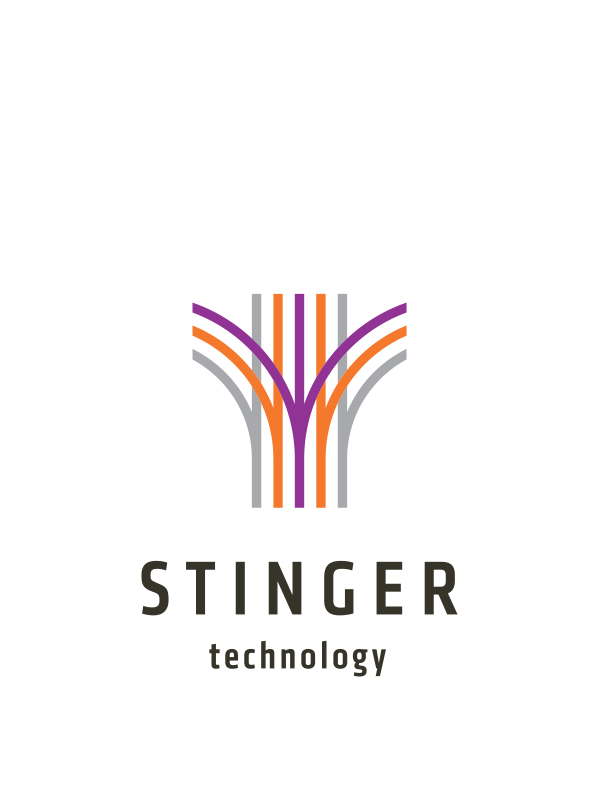
Stinger Technology – Norway
Stavanger, Norway, based Stinger AS is a privately owned developer and provider of innovative light weight, smart and fast deployable underwater drones with semi-autonomous and autonomous characteristics. The company focuses on technology for open sea and confined spaces with a low environmental footprint for the energy, telecommunications, aquaculture, mining and renewable markets. Stinger contributes to various tasks in WP2.